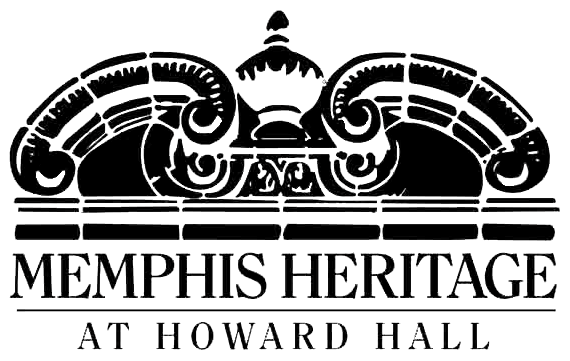Story by Patrick Lantrip, Memphis Daily News VOL. 132 | NO. 151 | Tuesday, August 01, 2017
The path to preservation status for two Midtown neighborhoods has been cleared by the Memphis Landmarks Commission.
The applications of Cooper-Young and fellow Midtown neighborhood Vollintine-Evergreen were placed on hold until questions about the application process first raised a few months ago were resolved.
The questions involved a previous procedure, which called for the approval of 82 percent of property owners in a proposed area to move forward with preservation, but it was determined that had no legal basis.
In its place, Shelby County Office of Planning and Development director Josh Whitehead proposed an amendment that would require a petition with the signatures of 25 percent of the area’s property owners.
However, representatives from Vollintine-Evergreen, Speedway Terrace and preservation nonprofit Memphis Heritage spoke in opposition of the proposed amendment.
They argued that the process of rounding up hundreds of signatures would be too taxing on the neighborhood associations.
“(The applications) should come before Landmarks much like cases come before Land Use Control and Board of Adjustment, with a plan and a suggestion, and then it be put on the floor where neighbors have the opportunity to come and say yea or nay and then the council votes on their decision,” Memphis Heritage executive director June West said.
Whitehead said the amendment contained language that gave neighborhoods that did not meet the threshold to seek preservation another way to get their case heard by the commission. But he also felt that having some criteria to measure resident interest was necessary to prevent wasted man hours working on projects with little chance of advancing.
Several planning commissioners, however, were concerned that installing a formalized threshold might further increase resident apathy.
“I really believe that Memphis has transformed itself over the past four years and to me, putting an artificial number like 25 percent just scares people away,” commissioner Stanley Hyland said. “We want people engaged, we want them to come forward and make their case.”
West also felt that even if there is a back-door provision for neighborhoods that failed to meet the 25 percent threshold, they might still be penalized by other governing bodies further down the road.
“I think this number would be used by the city council going forward,” she said. “Regardless of what the bylaws say, the city council would still use this.”
After an extensive debate, the commission ultimately decided to not include the 25 percent threshold requirement, which will allow the neighborhoods to apply directly to the commission once they have established their proposed guidelines, boundaries, mailing labels and pay a fee for postage.

